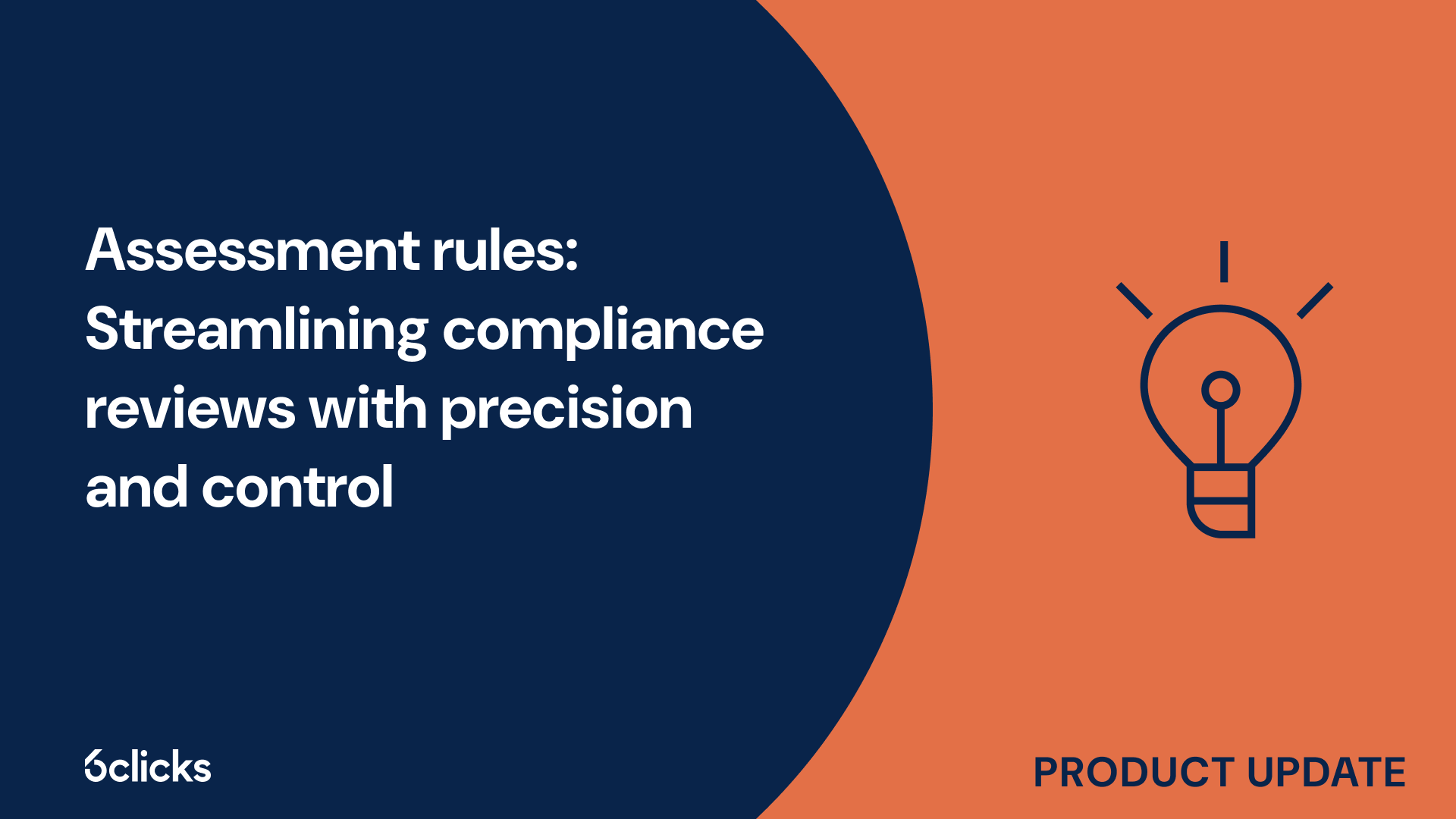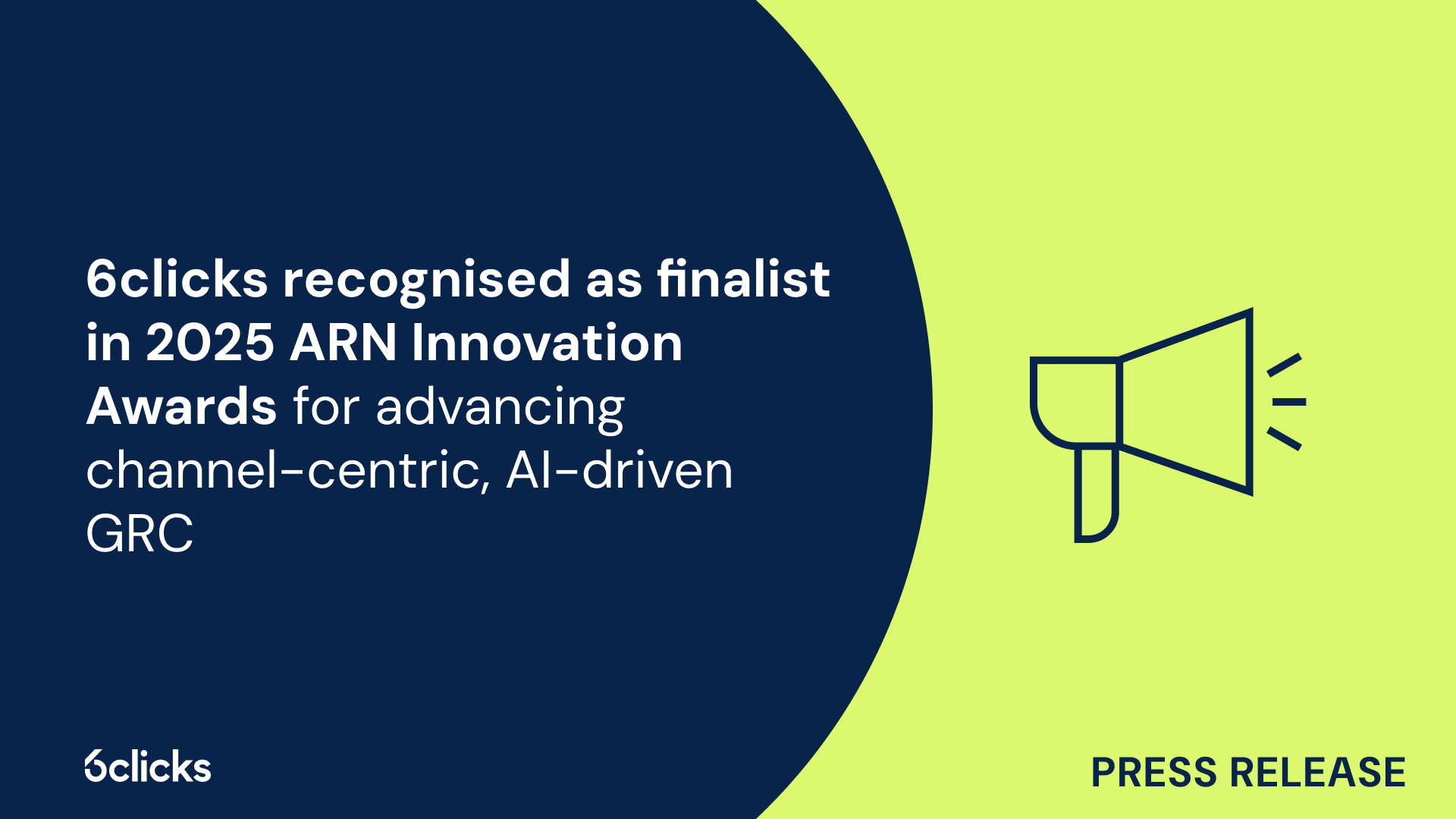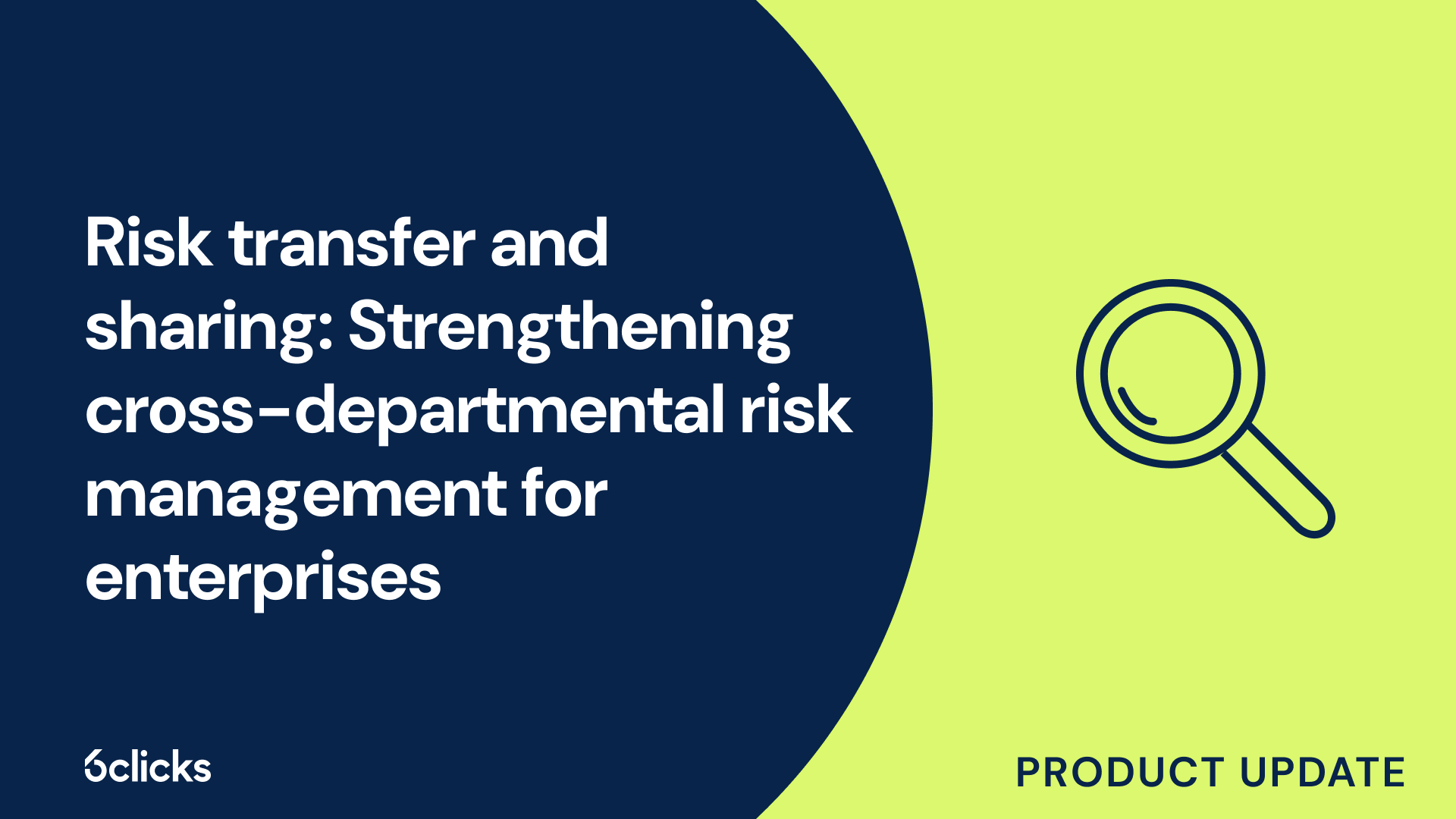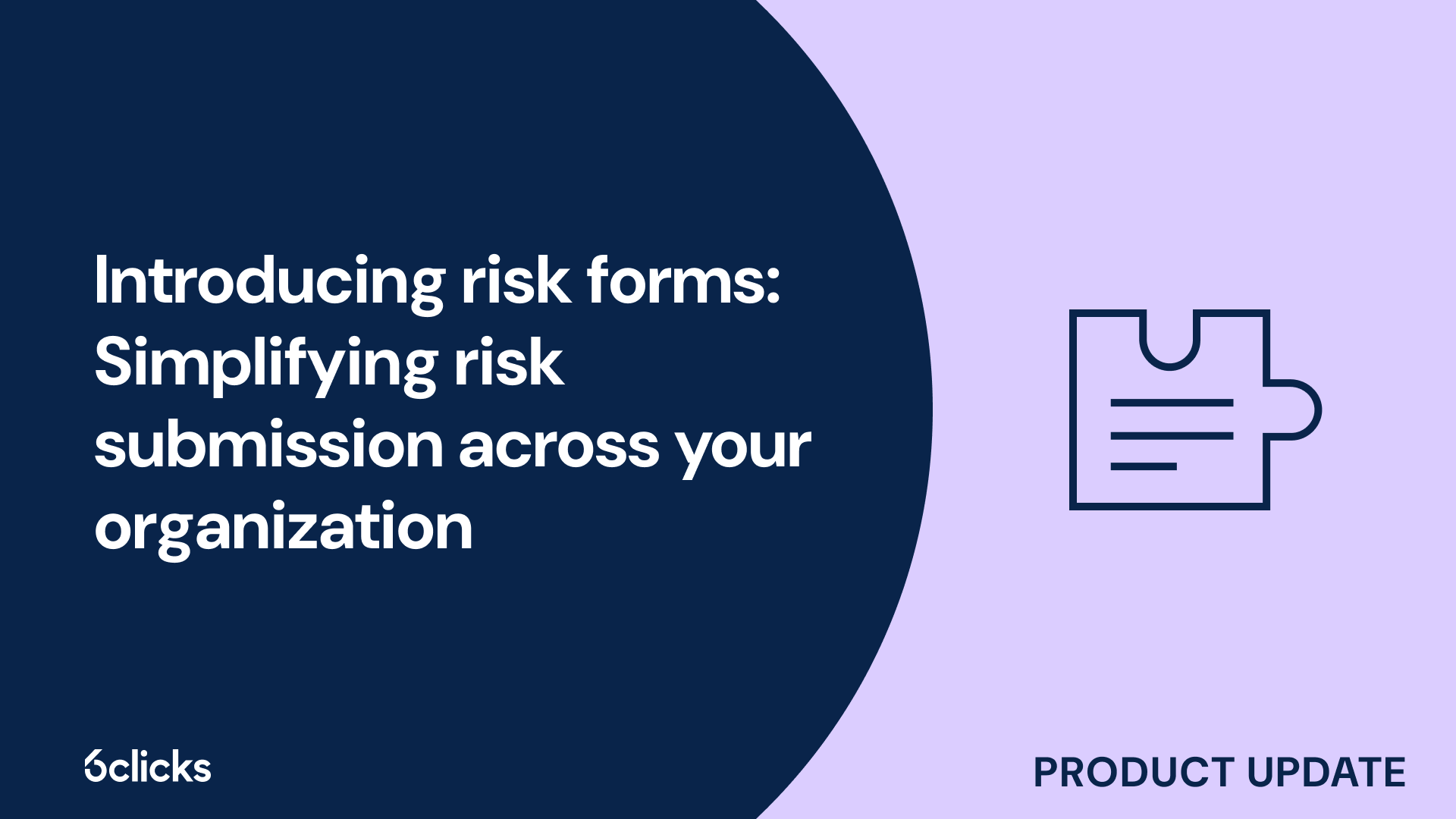The GRC buyer’s guide for 2025: Building resilience with AI-powered, federated solutions
Discover the ultimate GRC buyer's guide for 2025! Uncover how AI-powered, federated solutions transform compliance and security management for industries like government, aerospace, banking, and more. Learn about centralized control, continuous compliance, and advanced cyber GRC capabilities. Download now!
-1.png?width=200&height=249&name=Group%20193%20(1)-1.png)
The GRC buyer’s guide for 2025: Building resilience with AI-powered, federated solutions
What is a risk register in project management?
A risk register, also referred to as a risk log, is a core document in project management that captures, tracks, and monitors all potential risks that could impact a project's objectives, timeline, or resources. This tool enables project managers and teams to systematically identify and evaluate risks, prioritize them based on their significance, and implement mitigation strategies to manage uncertainties effectively.
Here is an example of a 6clicks risk register:

Purpose of a risk register
The primary purpose of a risk register is to serve as a centralized repository for documenting potential threats and opportunities associated with a project. It helps project managers and stakeholders stay proactive in addressing risks, reducing the likelihood of unexpected issues disrupting the project. By maintaining a detailed and up-to-date risk register, organizations can improve decision-making, foster transparency, and ensure smoother project execution.
Components of a risk register
A comprehensive risk register includes the following key components:
- Risk ID: A unique identifier for each risk to track it effectively
- Risk description: A detailed explanation of the risk, outlining what could go wrong
- Category: The area of the project the risk impacts, such as financial, operational, or technical aspects
- Risk owner: The individual or team responsible for managing and monitoring the risk
- Likelihood and impact: An evaluation of how likely the risk is to occur and the extent of its potential consequences
- Risk rating: A combined score derived from the likelihood and impact assessments, often visualized using a risk matri

- Triggers: Warning signs or events that indicate a risk may materialize
- Mitigation plan: Pre-emptive actions or strategies designed to reduce the likelihood or impact of the risk
- Contingency plan: A backup plan to address the risk if it does occur
- Status: The current state of the risk, such as active, resolved, or closed
How to create and maintain a risk register
Creating a risk register involves several systematic steps:
- Risk identification: Brainstorm with the team and stakeholders to identify all possible risks.
- Risk assessment: Evaluate the likelihood and potential impact of each risk.
- Prioritization: Rank risks based on their severity and urgency.
- Action planning: Develop mitigation and contingency strategies for high-priority risks.
- Regular updates: Continuously monitor risks and update their status, likelihood, and impact based on new developments or changes in the project.
Benefits of a risk register
A well-maintained risk register offers numerous advantages:
- Enhanced visibility: It ensures that all stakeholders know potential risks and their management plans.
- Improved decision-making: By prioritizing risks, teams can allocate resources more effectively to critical areas.
- Proactive risk management: Identifying risks early enables teams to address them before they escalate.
- Compliance: It helps organizations meet regulatory and contractual obligations related to risk management.
- Documentation: A risk register serves as an essential record for future reference, aiding in post-project reviews and learning.
In conclusion, the risk register is an indispensable tool in project management, enabling teams to manage uncertainties and ensure project success systematically. By proactively identifying, assessing, and addressing risks, organizations can enhance their resilience, avoid costly disruptions, and achieve their project goals with greater confidence.
Leverage 6clicks' powerful risk registers to streamline your risk management, whether for achieving project success or safeguarding your organization against various threats. Learn more about the 6clicks platform by getting in touch with us today.










